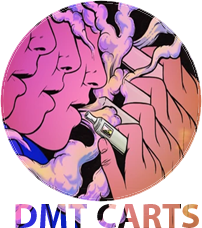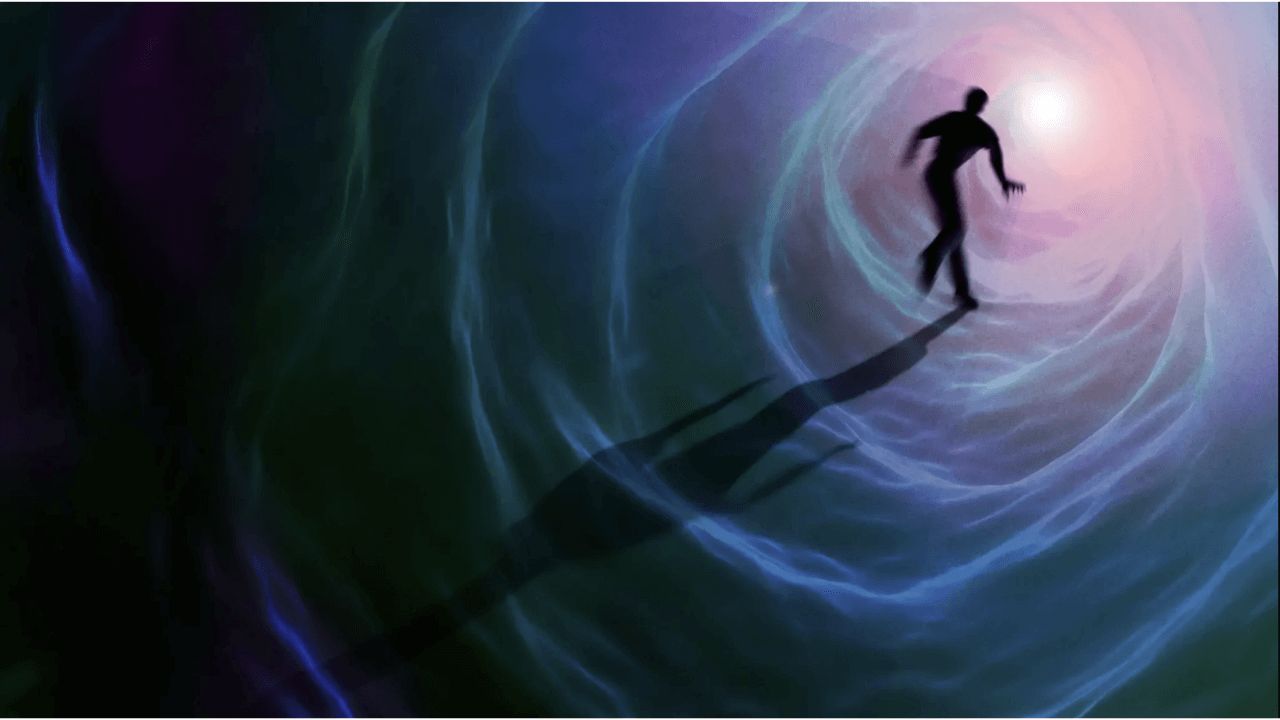DMT HISTORY
Traditional use of DMT dates back as far back as the late 8th century when it was used as an ingredient in various psychoactive snuffs. It occurs naturally in various plants, including the seeds of A. peregrina, which were the main ingredient of cohoba snuff. Other traditional preparations are made using DMT-containing plants, including the vilca and ayahuasca brews.
The chemist Richard Helmuth Fredrick Manske is credited as the first to synthesize dimethyltryptamine in 1931. But it was Dr. Stephen Szara who, inspired by visiting South American religious ceremonies, first demonstrated in 1956 that the drug induces hallucinations, illusions, distortions of spatial perception and body image, disturbances of thoughts, and euphoria in humans.
The first wave of clinical research followed in the 1950s and 1960s, gaining momentum with the discovery in 1965 that DMT can be found in the blood and urine of humans. Following the passage of the Controlled Substances Act in 1970, research into psychedelics waned in both the United States and Europe for many years.
Rick Strassman pioneered contemporary research into psychedelics in the 1990s with the belief that their profound effect on consciousness warranted further exploration. He published several landmark studies including detailed dose-response experiments using the Hallucinogen Rating Scale to measure subjective experiences. Strassman later published The Spirit Molecule in 2000, widely considered a landmark book on DMT. This new interest continued with the publication of Tihkal, by Alexander and Ann Shulgin, which details the use and effects of tryptamines, a class of drugs that includes DMT.
The Global Drug Survey’s 2012 report found that among 22,000 respondents, the lifetime use rate of DMT was about 9%. The most common route of administration reported in the survey was smoking the substance as an herbal mixture (92%), as opposed to consuming as an ayahuasca brew, for example.
An Australian study conducted in 2010 that surveyed 121 people who had previously experienced DMT found that smoking DMT was by far the most common route of administration (98.3%), with a much smaller proportion reporting use of ayahuasca (30.6%). The reasons given for trying DMT were out of general interest in hallucinogens or curiosity about its effects, while almost one-third of respondents cited the possible psychotherapeutic benefits of the drug. An increase in psychospiritual insight was the most commonly reported positive effect of both smoked DMT and ayahuasca.[9]
DMT OVERVIEW
DMT, or N,N-Dimethyltryptamine, is a psychedelic chemical that occurs naturally in both plants and animals from underwater organisms to land mammals. DMT OVERVIEW is also the active hallucinogenic compound in ayahuasca, a tea brewed from the shrub Psychotria viridis used for ritual purposes by indigenous people in the Amazon. See our ayahuasca guide for more on this psychedelic brew.
People also ingest DMT in crystal form, smoking it in a pipe or bong, as well as vaporized. This form of ingestion produces a powerful but short-lasting hallucinogenic state, considered to be one of the most intense psychedelic experiences in existence.
It can also retain its psychoactive properties in other forms, including psilocybin (4-PO-HO-DMT, found in psilocybin mushrooms).
Many often confuse DMT OVERVIEW with 5-MeO-DMT, or 5-Methoxy-N,N-Dimethyltryptamine, which is also a hallucinogenic compound. 5-MeO-DMT looks exactly like DMT on both a macro and micro level, but the latter has a few extra atoms attached, which is enough to change the experience. While the DMT experience tends to be highly visual, 5-MeO-DMT is more like a perspective shift. For this guide, we’ll focus on DMT.




